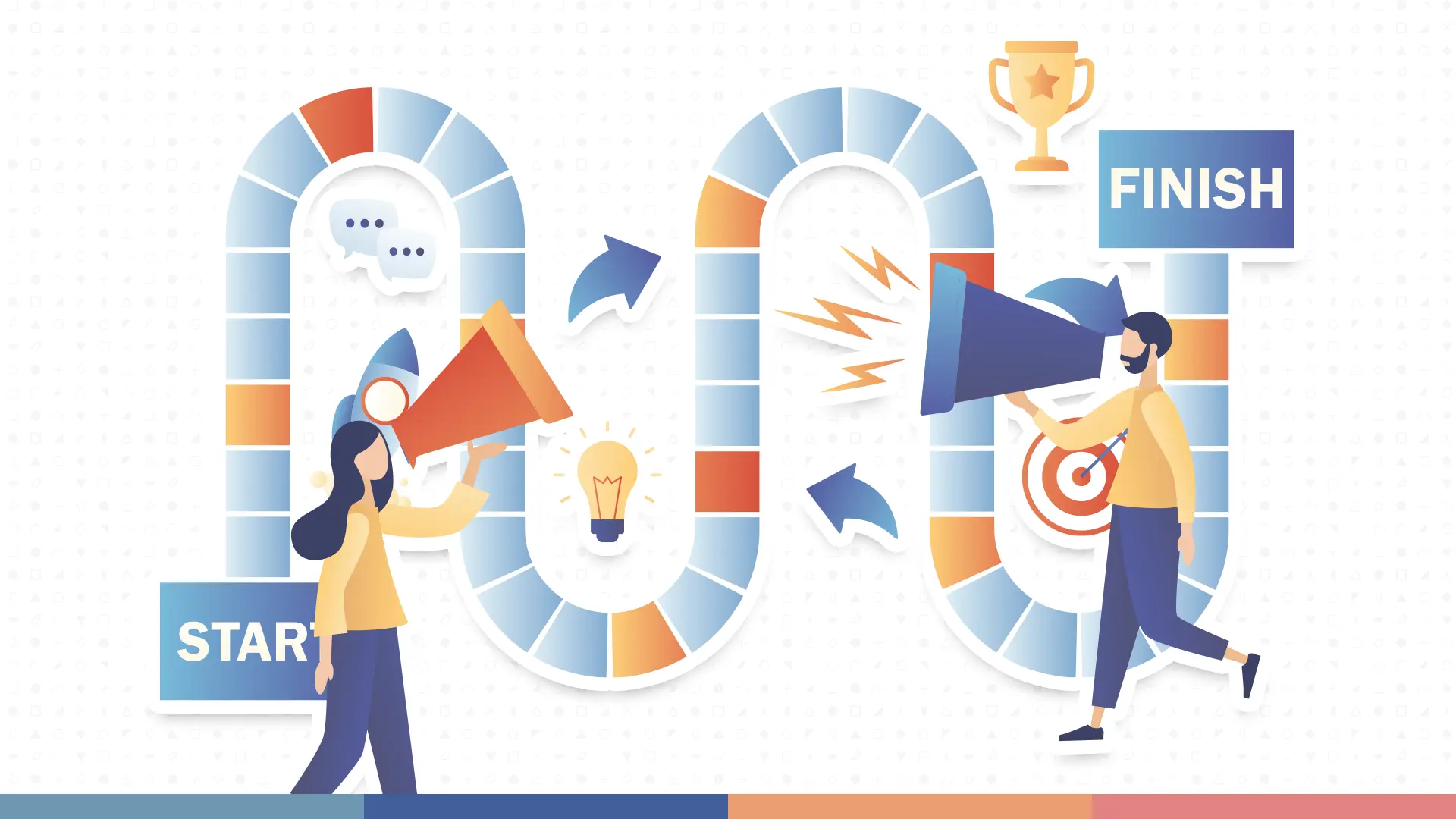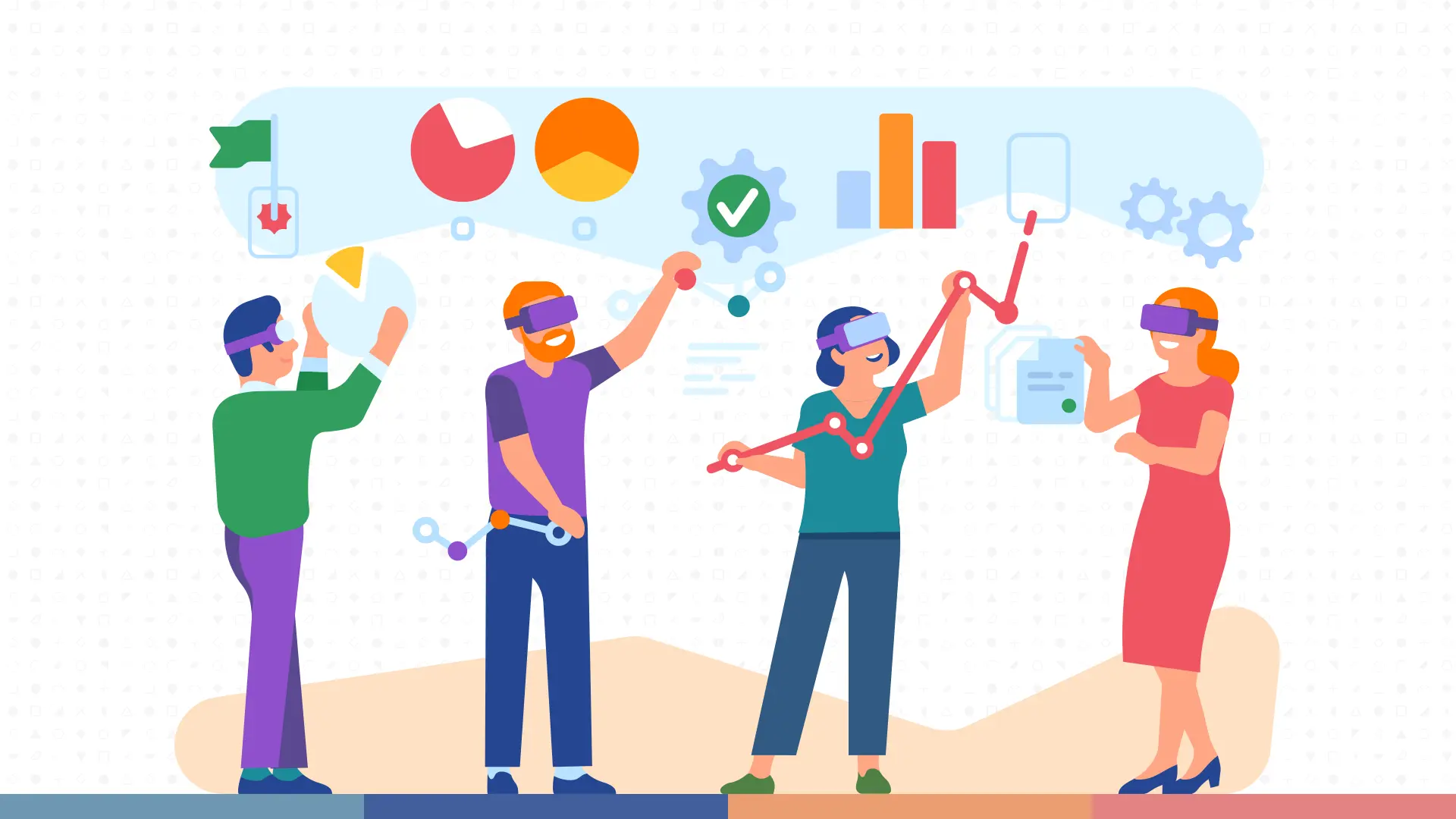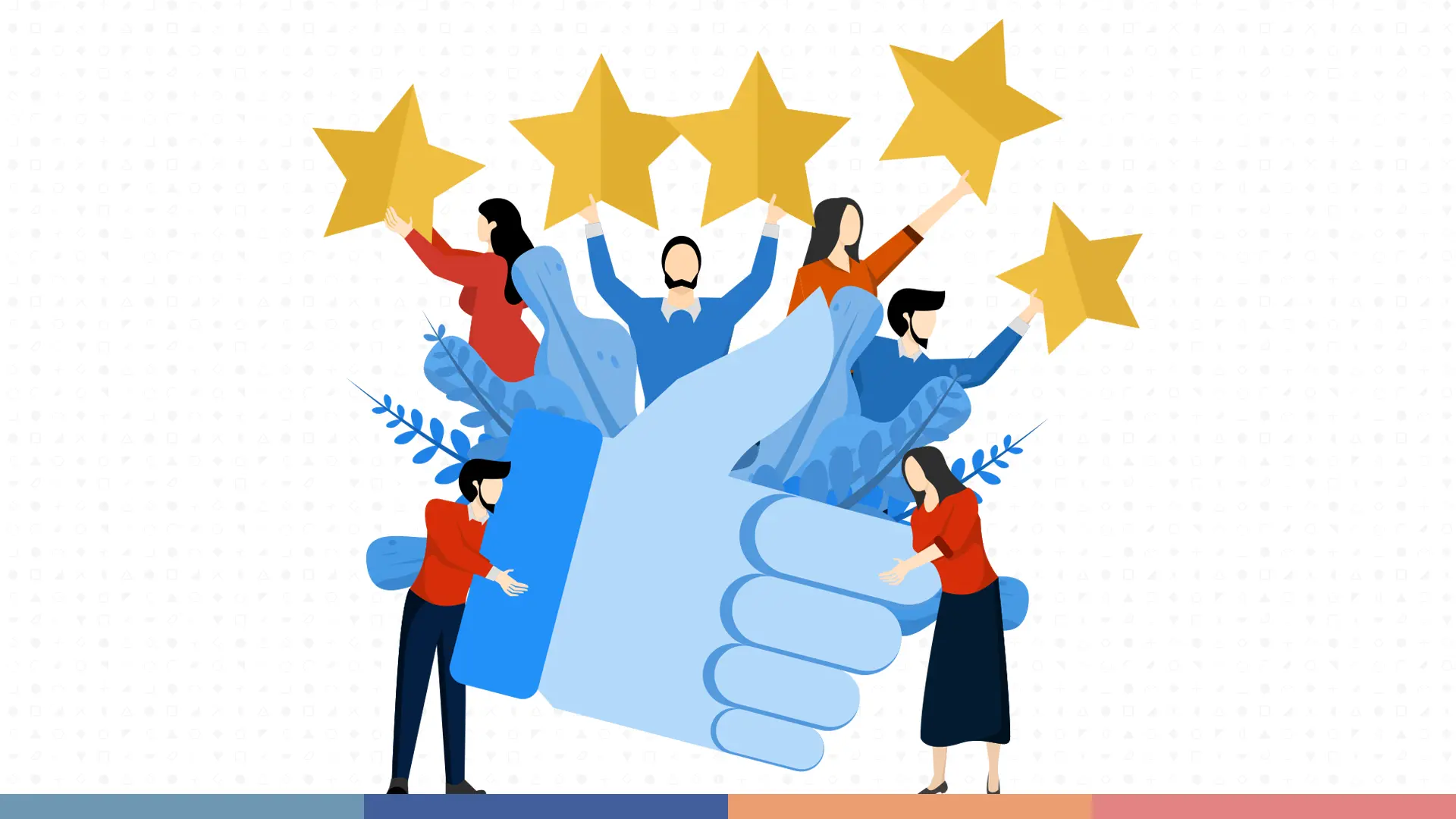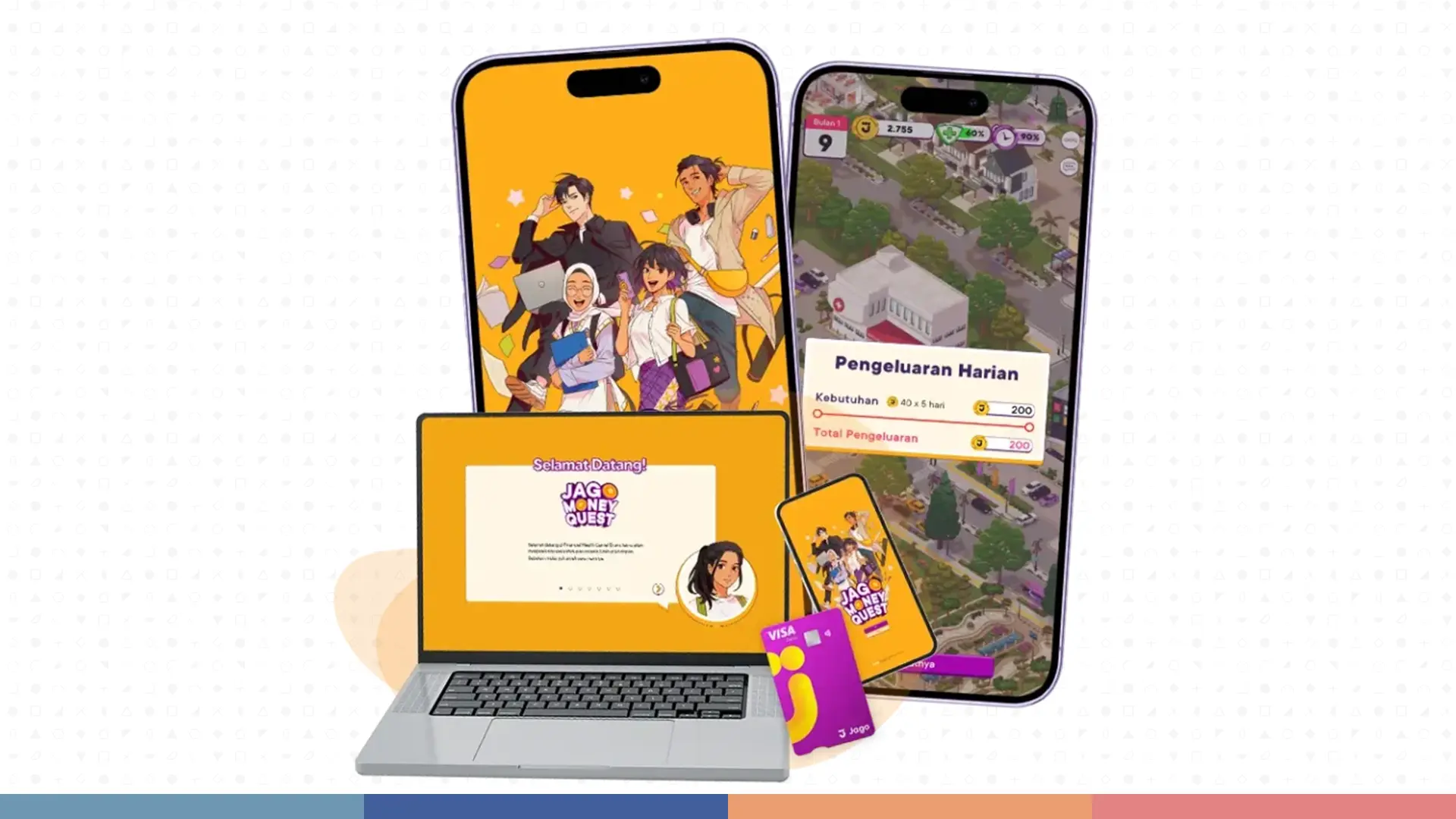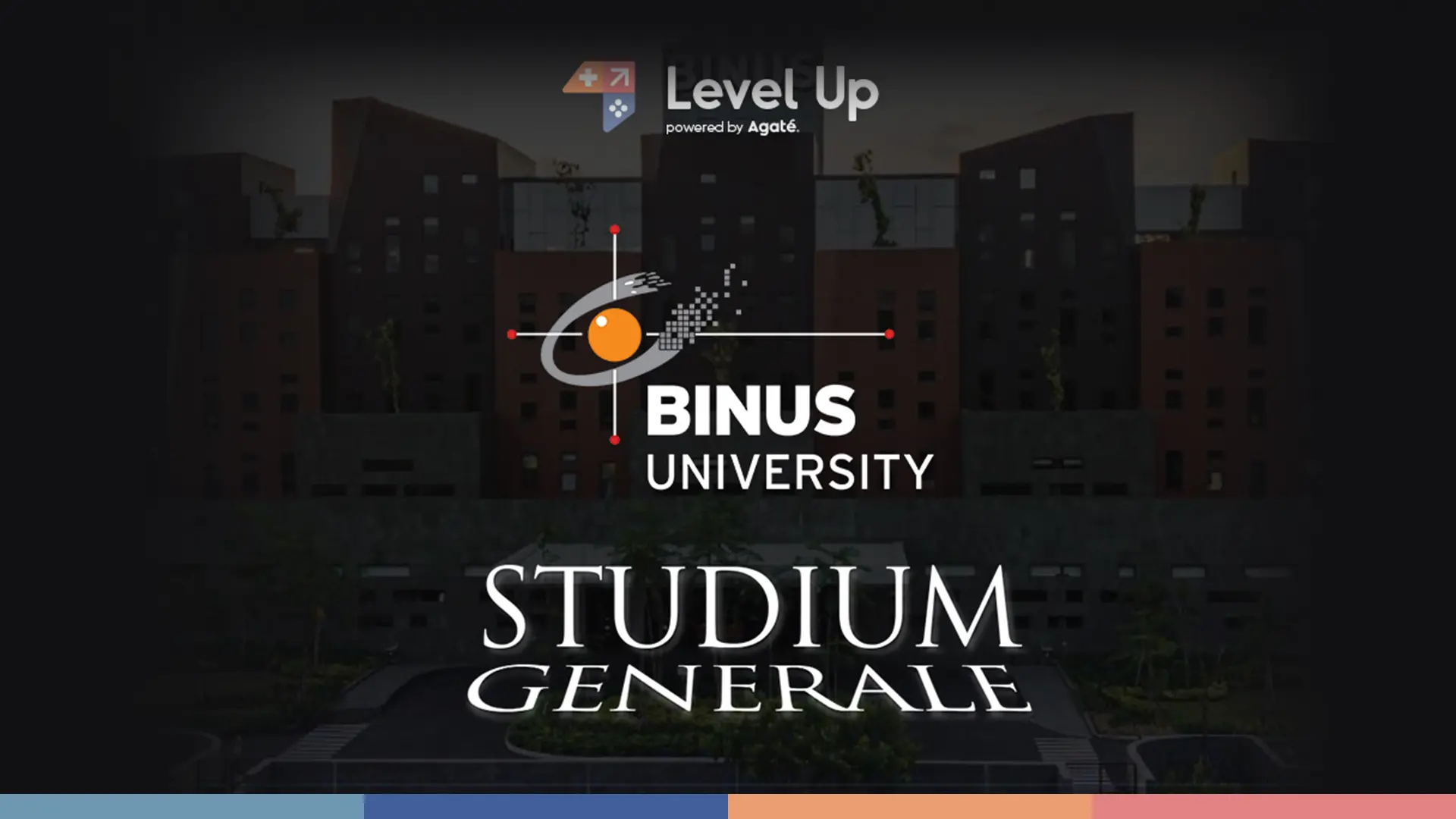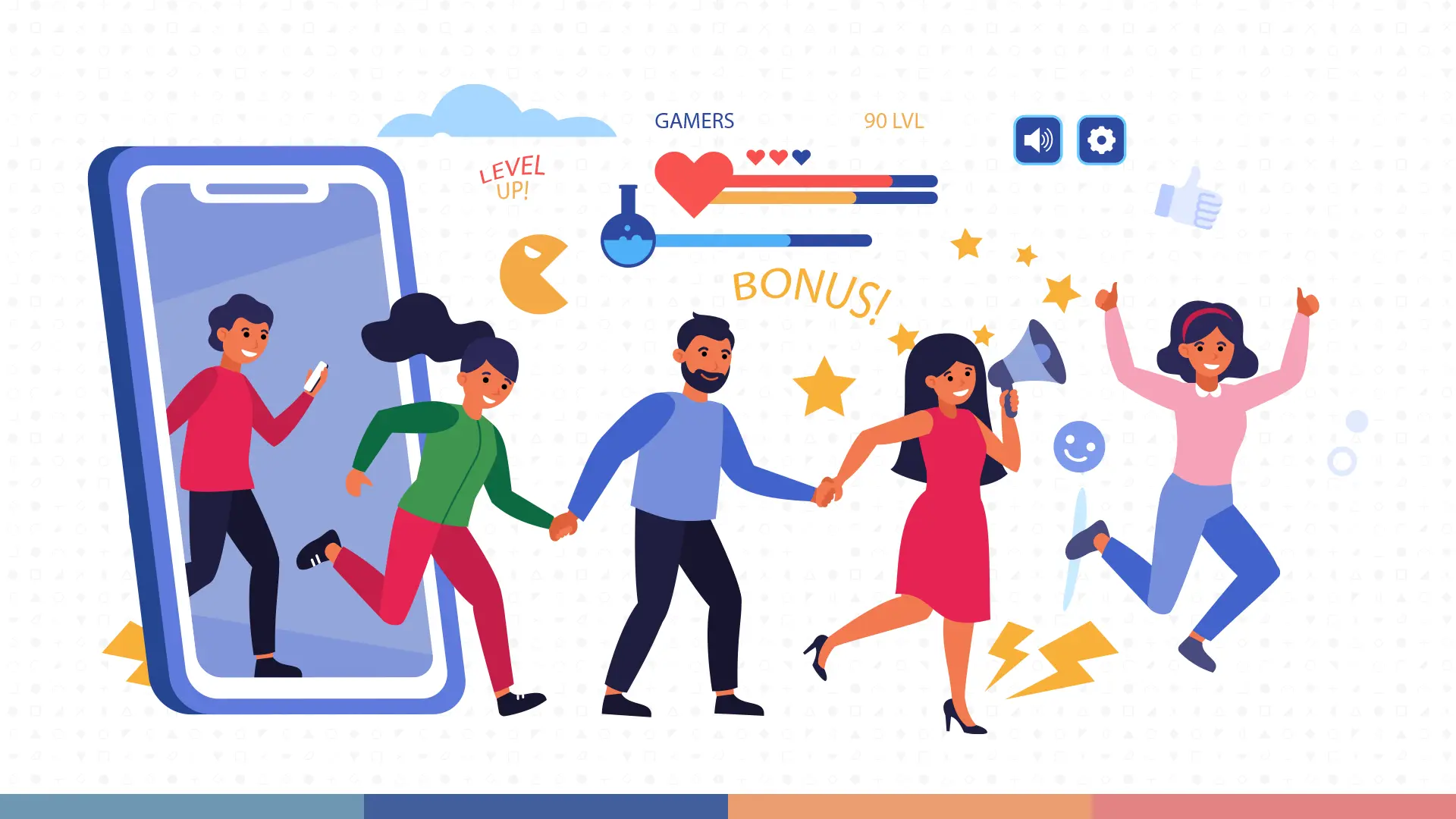How to Start Your Gamification Project: A Step-by-Step Guide
Gamification has emerged as a powerful tool for businesses and institutions seeking to boost engagement, motivation, and desired behaviors. In a recent study by Frontiers in Psychology, researchers conducted a meta-analysis to examine the effectiveness of gamification as a tool promoting teaching and learning in educational settings. The study included 41 studies with 49 independent samples involving more than 5,071 participants. Results from random effects models showed an overall significant large effect size (g = 0.822 [0.567 to 1.078]), indicating that gamification has a substantial impact on student learning outcomes. Not only that, in a recent study published in the Asian Journal of Business Ethics, researchers conducted a qualitative analysis to investigate the effect of gamification on consumer engagement and sales in online retail. The study involved semi-structured interviews with ten gamification experts and employed NVivo for data analysis. The findings revealed that gamification could significantly engage and motivate consumers during online shopping, potentially enhancing sales. According to Harvard Business Review, increasing customer attention by just 5% can result in a 25-95% rise in profit. This makes gamification a highly effective strategy for boosting sales, brand awareness, and customer loyalty.
While gamification holds immense potential, its successful implementation is a complex task. It requires meticulous planning and strategic execution, underscoring the need for businesses and institutions to approach it with a well-thought-out strategy.
This guide will explore the key steps and considerations for businesses and institutions looking to leverage the power of gamification:
Define Your Objectives
The first crucial step in your gamification journey is to define your goals with utmost clarity. What specific outcomes do you want to achieve through gamification? Is it about boosting sales, enhancing employee training, fostering customer loyalty, or streamlining the recruitment process? Identifying these objectives will not only guide your gamification strategy but also lay a strong foundation for its success.
Understand Your Audience
Conduct thorough research on your target audience. What are their demographics, motivations, and preferred learning styles? Understanding your audience’s preferences and pain points is crucial for designing gamification elements that resonate with them. The importance of customer experience (CX) cannot be overstated, as it is the cornerstone of a business’s relationship with its consumers. CX encompasses every interaction a customer has with a brand, from the initial discovery to post-purchase support, and these encounters collectively shape the customer’s perception of the brand. A positive customer experience fosters loyalty, encourages brand advocacy, and can significantly influence a company’s bottom line.
Choosing the Right Gamification Partner
Embarking on a gamification project can be incredibly rewarding, but selecting the right partner is crucial for its success. If you decide to start your gamification journey, you’ll need a partner with a team of designers who are User Experience experts. You’ll also need a game developer who can produce a fun and engaging game. Then, there are the technical aspects of game implementation, such as app development and integration.
This guide will equip you with the knowledge and steps to identify the perfect gamification partner for your business or institution:
1. Research Potential Partners
Industry Expertise
Look for companies with a proven track record in your specific industry. Their experience with similar projects will ensure a deeper understanding of your needs and challenges.
Portfolio and Case Studies
Analyze their portfolio to see the types of gamification solutions they have implemented. Look for case studies showcasing successful projects with measurable results aligned with your goals.
Technology Platform
Consider the technology platform they use. Ensure it aligns with your project requirements, offers scalability for future growth, and integrates seamlessly with your existing systems.
Positive Reinforcement
Points, badges, and rewards provide positive reinforcement, encouraging desired behaviors.
2. Evaluate Their Capabilities
Assess their team’s qualifications and experience in gamification design, development, and implementation. Look for a team with a strong understanding of game mechanics, user experience principles, and data analysis.
Creative and Design Skills
Evaluate their ability to create engaging and visually appealing gamified experiences that resonate with your target audience.
Project Management
Ensure they have a proven track record of successful project management, clear communication channels, and the ability to deliver projects on time and within budget.
3. Additional Considerations:
Client Testimonials and Reviews
Research online reviews and testimonials from previous clients to gain insights into their experiences with the gamification partner.
Post-Launch Support
Inquire about their post-launch support services, including data analysis, performance monitoring, and ongoing maintenance.
Bonus Tip: Look for gamification partners who offer a free consultation or demo. This allows you to gauge their expertise, understand their approach, and assess if they are a good fit for your project.
Level Up: Your All-in-One Gamification Solution
Level Up powered by Agate is a leading gamification provider specializing in crafting engaging and effective solutions for businesses and institutions. Their comprehensive portfolio includes projects like:
In its anniversary campaign, Eraversary, numerous fun mini-games were created within Erajaya’s platform, increasing user traffic.
Enhanced the Gojek platform’s Gopay transaction with a fun game that increased its peer-to-peer transfers and user engagement.
Developed a gamified loyalty program that successfully drove customer retention and brand advocacy.
Implementation, Testing, and Launch:
Once the core framework is established, the development phase begins. This involves meticulously implementing the gamification elements, rigorously testing the platform for functionality and user experience, and finally launching the project to your target audience.
Things to Consider When Starting Your Gamification Project:
Measure and Evaluate Performance: Define key performance indicators (KPIs) and metrics to track the effectiveness of your gamification project. This will allow you to measure the return on investment (ROI) and make adjustments as needed.
Select the Right Technology Platform: Choose a technology platform that aligns with your project’s requirements and offers scalability for future growth.
Start with a Prototype: Develop a prototype to test your core mechanics and user experience before full-scale implementation.
Design an Engaging User Experience: Prioritize a user-friendly and intuitive interface that keeps participants motivated and engaged.
Conclusion
By following these steps and considerations, businesses and institutions can embark on a successful gamification journey. Remember, a well-designed gamification strategy can unlock a multitude of benefits, from increased employee productivity to enhanced customer loyalty.
Level Up powered by Agate as Your Gamification Partner:
Level Up powered by Agate is your one-stop shop for all things gamification. We offer a comprehensive suite of services, including:
- Turnkey Products: Ready-to-use gamification solutions that can be easily integrated into existing systems.
- Gamified Marketing Solutions: Customizable game elements, progression mechanics, and reward systems designed to enhance marketing efforts.
- On-Ground Activations: Engaging brand experiences using cutting-edge technology for live consumer interactions.
- Standalone Advergames: Games created specifically for marketing or promotional objectives.
- Gamified Learning Applications: Educational tools that use game design principles to motivate and engage learners.
- Gamified Training Applications: Interactive applications that simplify complex information, ideal for technical skill development.
- Game-Based Assessment: Games that function as assessment tools for companies seeking to identify top talent.
- Immersive VR Training Simulations: Virtual reality environments for immersive and interactive training experiences.
These services are tailored to meet various business needs, from marketing and promotion to learning and assessment.
If you are interested in learning more about gamification and how it can benefit you or your organization
Check out our gamification services page and contact us today. We are ready to help you create a gamification experience that aligns with your needs and preferences.
Article Authors

Junialdi Dwijaputra

Dias Setyanto
Related Articles
- All Posts
- All

